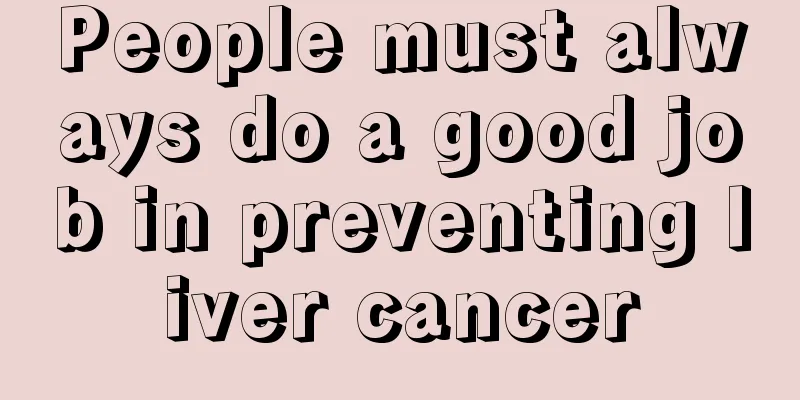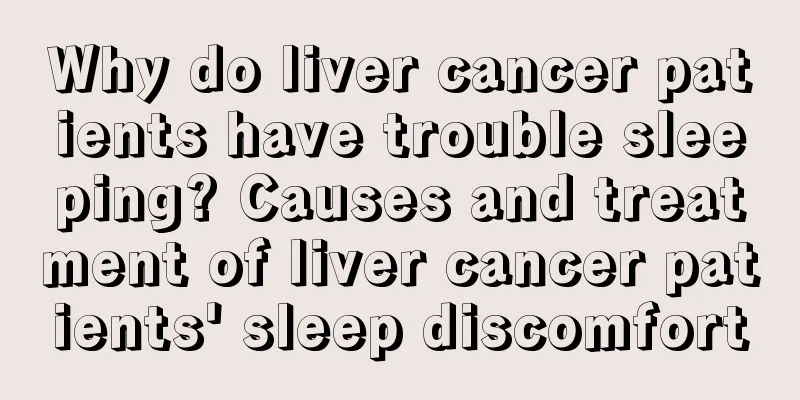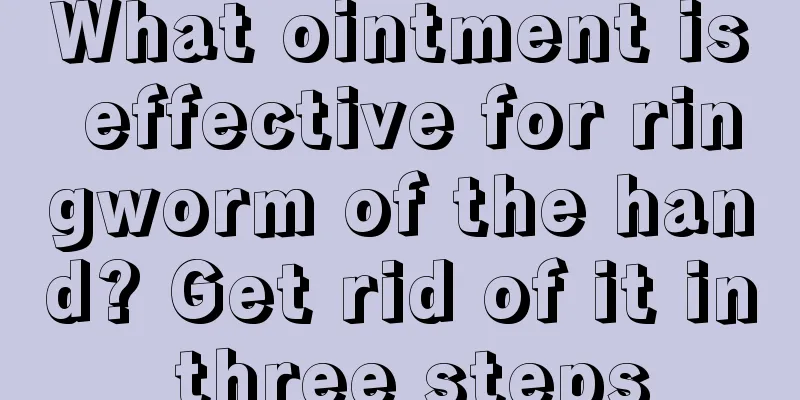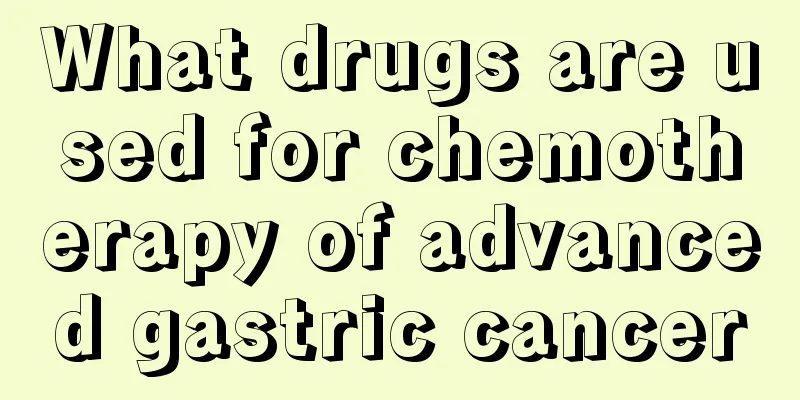What are the symptoms of reflux esophagitis?
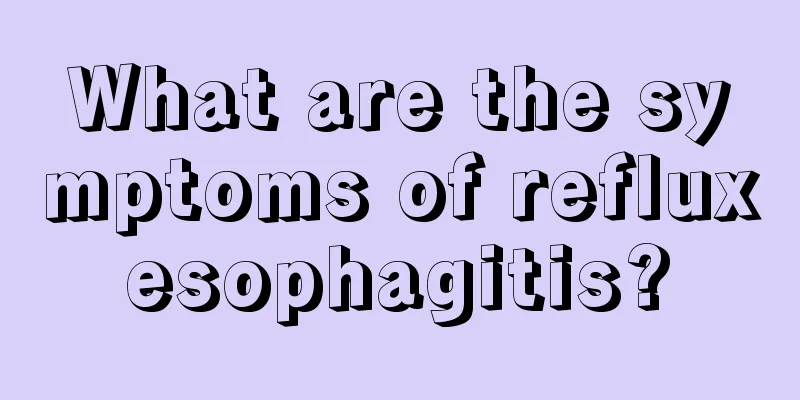
|
As our living standards continue to improve and the food we eat becomes more nutritious, the incidence of many diseases is increasing. Reflux esophagitis is one of the diseases whose incidence has increased significantly. Many people may know what reflux esophagitis is. Reflux esophagitis is mainly caused by people’s bad eating habits. The food eaten flows back up into the esophagus. Now I will tell you what the symptoms of reflux esophagitis are. Typical symptoms: hiccups (70%), heartburn (70%), heartburn (65%), nausea (60%), esophageal spasm (60%), intestinal flatulence (60%) Clinical manifestations 1. Burning sensation or pain behind the sternum: It is the main symptom of this disease. According to the distribution of the vagus nerve, it can sometimes radiate to the neck, palate or ears. It is common to radiate to the shoulder blades on both sides of the back. The burning sensation can be relieved by drinking water or taking antacids or sugar blocks to stimulate saliva secretion and primary esophageal peristalsis. It is most likely to occur after eating certain spicy foods. It can be caused by bending over, exerting force or lying flat, and it can be relieved when standing up. This is because walking in an upright posture promotes esophageal clearance. Postural burning pain worsens, which highly suggests that it is caused by reflux. For those with achlorhydria, the burning sensation is mainly caused by bile reflux, and the effect of taking antacids is ineffective. The severity of the burning sensation is not necessarily consistent with the severity of the lesion. Severe esophagitis, especially in those with scar formation, may have no or only a slight burning sensation. 2. Gastric and esophageal reflux: After every meal, when lying forward or sleeping in bed at night, acidic liquid or food refluxes from the stomach and esophagus to the pharynx or mouth. This symptom often appears before the burning sensation or burning pain behind the sternum. 3. Pain in swallowing: It is caused by food bolus irritating the inflamed esophagus or esophageal spasm. The distribution and radiation sites of spasmodic pain are the same as those of heartburn. The food bolus causes acute expansion of the esophagus in the esophagitis area and some stenosis or motor dysfunction areas, and the third contraction or spasm occurs. The patient may feel that the food or liquid is paused above the esophagus and has to wait for the food bolus to move down or be washed down by drinking water. The expanded esophagus above the food bolus pause can cause very severe pain. Spasmodic pain can also be caused by reflux. 4. Dysphagia: In the early stage, intermittent dysphagia may occur due to secondary esophageal spasm caused by esophagitis. In the later stage, the esophageal scar may form stenosis, and the burning sensation and burning pain will gradually decrease and be replaced by permanent dysphagia. When eating solid food, it may cause a feeling of blockage or pain in the xiphoid process. 5. Nausea: The reflux of gastric acid or bile into the back wall of the oral cavity indicates gastroesophageal reflux. The gastric contents can be vomited out or swallowed, leaving a sour or bitter taste in the pharynx and oral cavity, causing bad breath or taste damage. Chronically irritated lips may have a burning sensation. Nausea may occur after eating, exerting force or changing body position, and is often accompanied by gastrointestinal flatulence and hiccups. Nocturnal reflux can also cause coughing, aspiration pneumonia or suffocation. 6. Bleeding and anemia: Severe esophagitis may cause esophageal mucosal erosion and bleeding, which is mostly chronic small-scale bleeding. Long-term or heavy bleeding can lead to iron deficiency anemia. 7. Other symptoms: Refluxed material enters the throat through the cricopharyngeal sphincter, which may cause laryngeal and tracheal aspiration, inflammatory vocal cord polyps, and asthma in susceptible patients. Diffuse esophagitis or invasive ulcers may cause vomiting blood and chronic blood loss. A few penetrating ulcers may cause esophageal perforation. If reflux esophagitis is caused by bad eating habits, you must control your diet and not eat too much high-fat food. Only low-fat food can avoid reflux. Do not overeat, eat less and more often, and cooperate with drug treatment. Only by controlling yourself can you recover from reflux esophagitis. |
<<: Why do I always feel dry mouth?
>>: What to do with post-herpetic pain?
Recommend
White spots on goldfish
When people see the word goldfish, they will thin...
Can turtle parasites infect humans?
Parasites generally live in the bodies of aquatic...
Is high aspartate aminotransferase serious?
High aspartate aminotransferase is actually a ser...
Can glioma be cured?
Glioma is a malignant tumor in the brain. Once th...
Can sulfur soap remove sweat stains?
Pityriasis versicolor is a common skin disease in...
What is so magical about the relics?
Most people are familiar with sarira. Generally s...
What can't you eat if you have goiter
The thyroid gland is an important endocrine organ...
Can I do a blood test in the afternoon? Pay attention to 7 important matters
Routine blood test is a routine item in physical ...
How to peel potatoes the fastest
People are no strangers to potatoes. They often a...
Symptoms of spinal ligament inflammation Treatment methods of spinal diseases
Spinal ligamentitis is a type of spinal disease t...
In what situations should you never take Viagra
Making sex last longer and having a harder erecti...
Acupoints for lowering heart rate
There are many different acupoints in the human b...
The efficacy and function of sea buckthorn detoxification
People must pay attention to detoxification in th...
As the weather gets colder, warm-up recipes are recommended
As soon as winter comes, many people have had thi...
Do I need to take medicine after thyroid cancer surgery
In our lives, thyroid cancer patients generally n...
